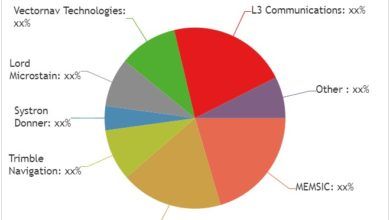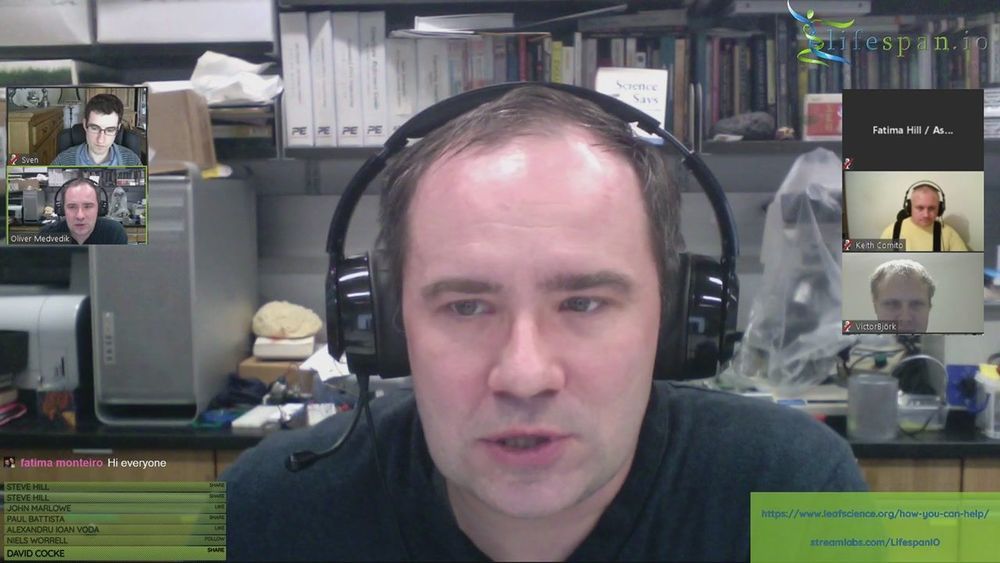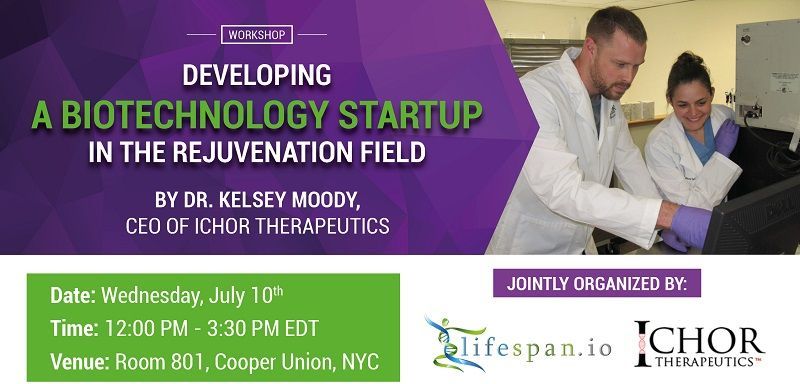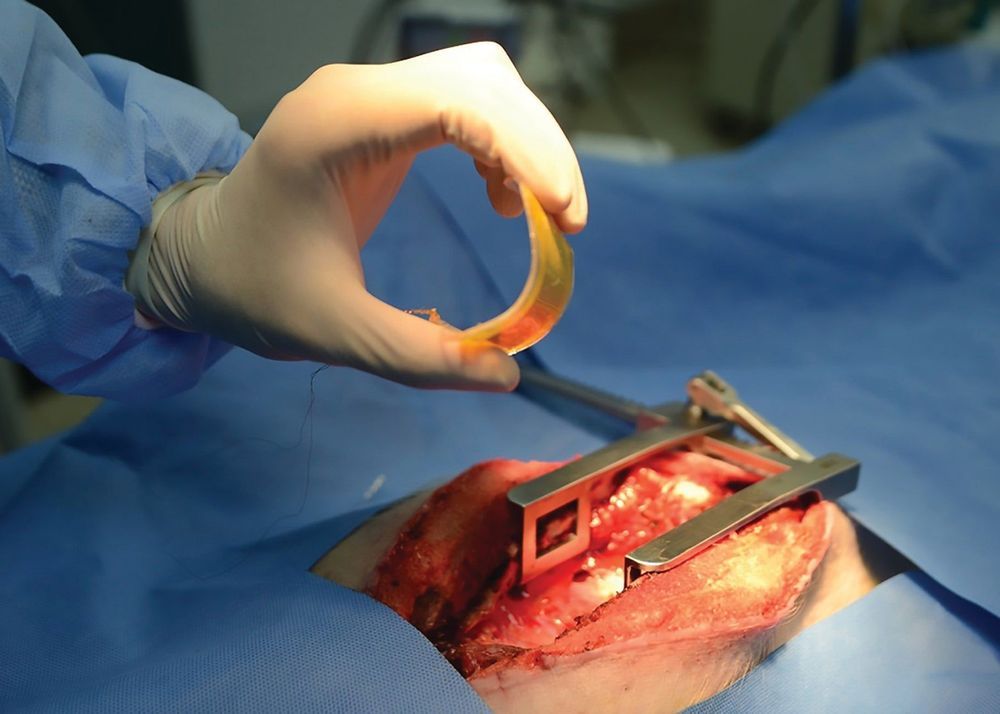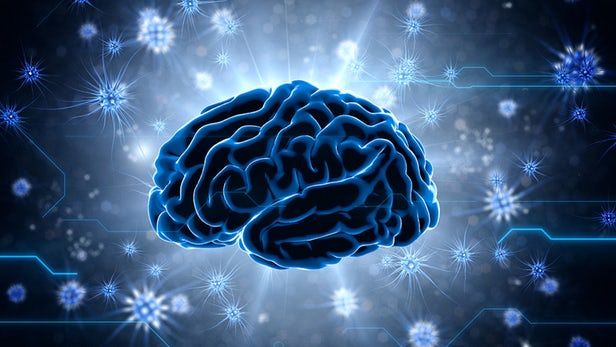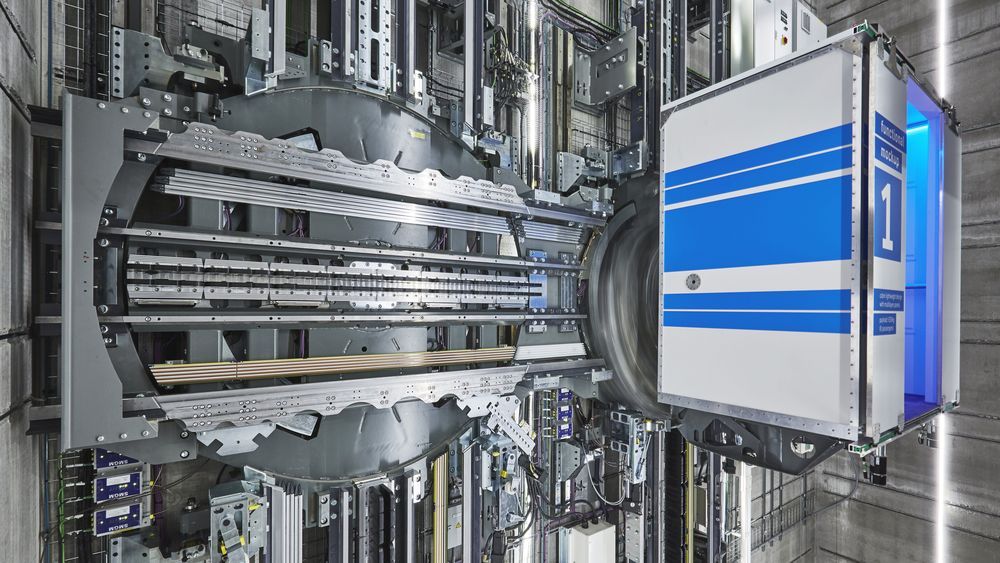Brain implants are the neural implants that directly connected to the brain. These implants electrically stimulate, block or record the signals from the brain. It enables communication between the brain and electronic devices, thus permitting brain activity to be modified, recorded or translated. This growth is primarily driven by Increased Neurological Disorders Like Alzheimer’s disease and Rise in Geriatric Population.
Advance Market Analytics recently introduced Brain Implants Market study with in-depth overview, describing about the Product / Industry Scope and elaborates market outlook and status to 2025. Brain Implants Market explores effective study on varied sections of Industry like opportunities, size, growth, technology, demand and trend of high leading players. It also provides market key statistics on the status of manufacturers, a valuable source of guidance, direction for companies and individuals interested in the industry.
